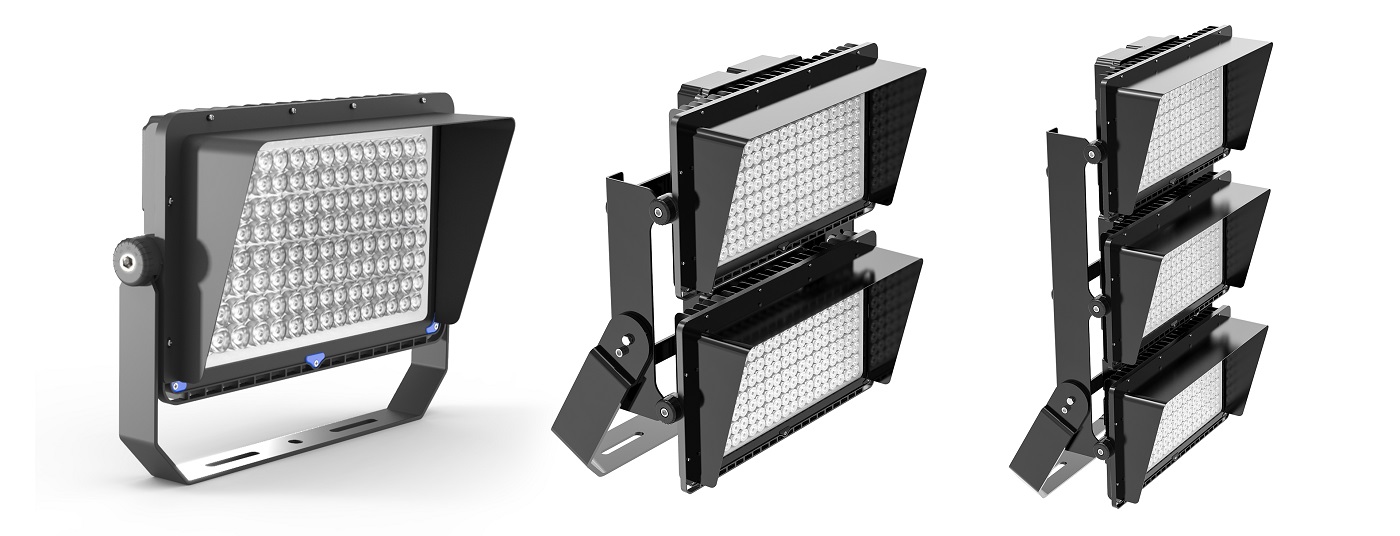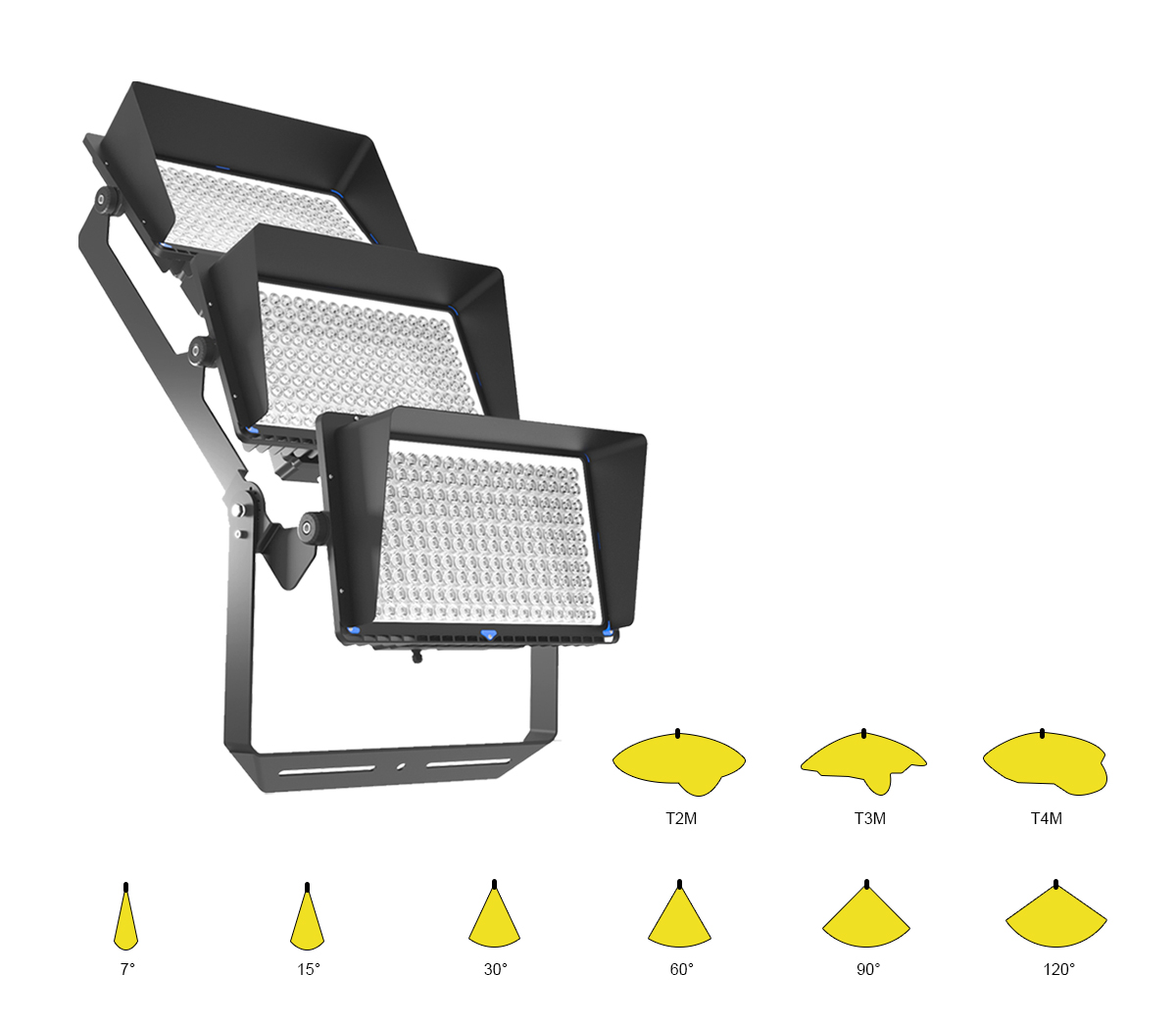Anyone with maritime experience can confirm that ports and terminals are high-intensity, busy environments, which leave little room for error. Unexpected events can cause delays or disruptions to the schedule. As a result, predictability is crucial.
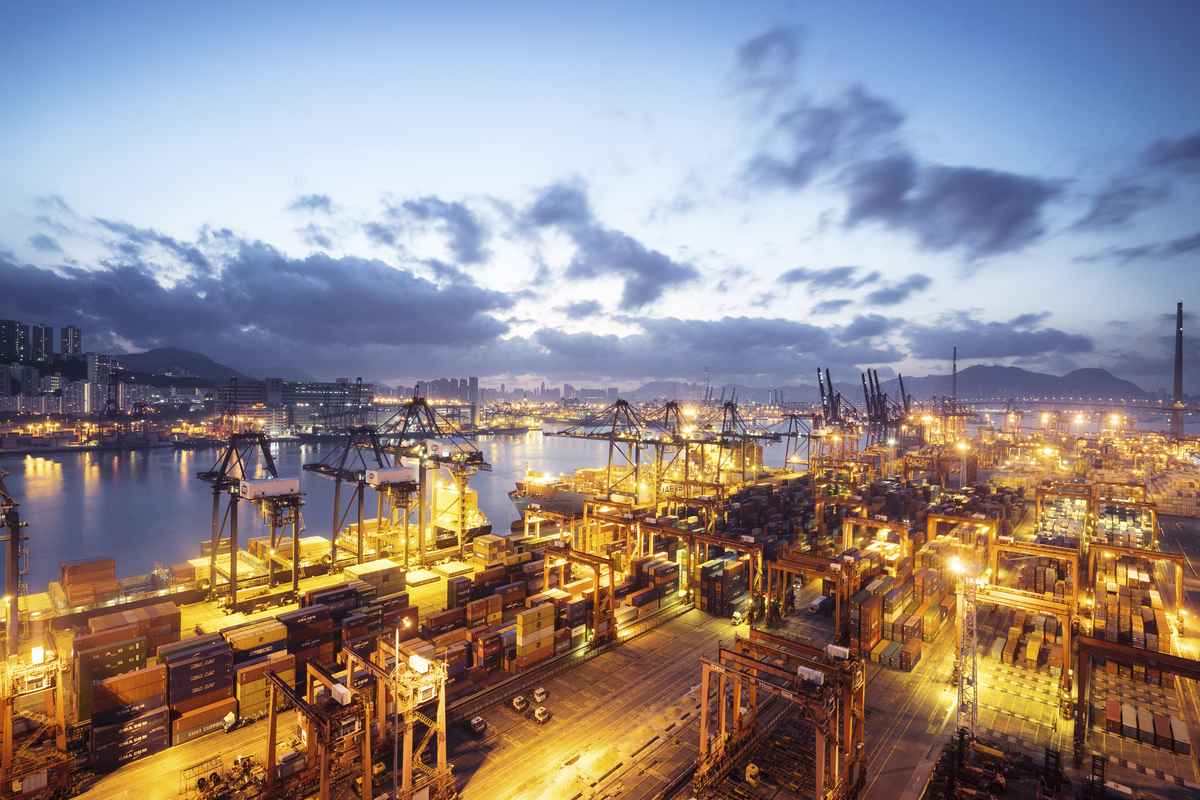
Port operators face more than just the challenges of ensuring efficiency in their daily operations. These include:
Environmental responsibility
The shipping industry is responsible for nearly 4% of global carbon dioxide emissions. Ports and terminals also play a large role in this output, even though a majority of it comes from ships at sea. Port operators are increasingly under pressure to reduce emissions as the International Maritime Organisation aims to halve industry emissions by 2050.
Costs are rising
Ports are by their very nature power hungry facilities. This is a reality that operators find increasingly difficult to accept, given the recent rise in power prices. The World Bank’s Energy Price Index rose 26% between January and April of 2022. This was on top of a 50% rise from January 2020 to December 2021.

Health and Safety
Port environments are also dangerous because of their pace and complexity. The risks of vehicle collisions, slips and trips, falls and lifts are all significant. In a major research project conducted in 2016, 70% of port workers felt that their safety was at risk.
Customer experience
Customer satisfaction is also a factor to be considered. According to some sources, around 30% of cargo is delayed at ports or in transit. The added interest on these waylaid items amounts to hundreds of millions each year. Operators are under pressure, as they were with emissions, to reduce these numbers.

It would be wrong to claim that LED lighting could “solve” any of these problems. These are complex issues that do not have a single solution. It is reasonable to assume that LEDs could be a part of the solution, delivering benefits for health and safety, operations and sustainability.
Look at how LED lighting can be used in each of these three areas.
LED lighting has a direct impact on energy consumption
Many ports in use today have been around for many decades. They are therefore also dependent on the lighting systems installed when they first opened. These will typically involve the use metal halide (MH) or high pressure sodium (HPS), both of which first appeared more than 100 years ago.
The problem is not the luminaires themselves, but the fact that they are still using old technology. In the past, HPS and metal-halide lighting were the only options available. But in the last decade, LED lighting has become the standard choice for ports looking to reduce their power consumption.
LEDs are proven to use less energy than their outdated counterparts by 50% to 70%. This has significant financial implications, not only from a sustainability standpoint. As power costs continue to rise, LED lights can reduce port operating costs and contribute to decarbonisation efforts.
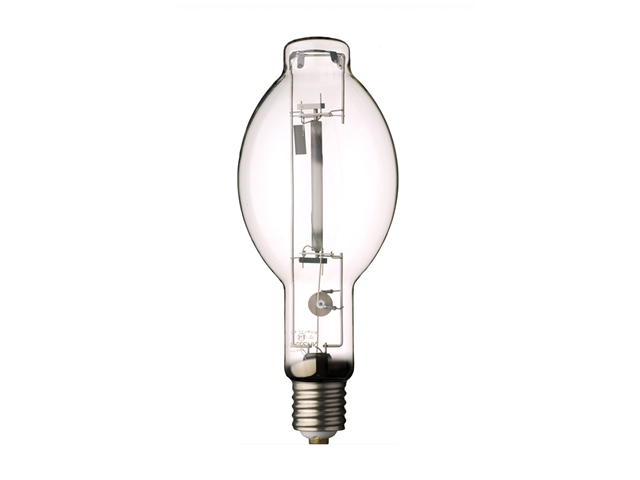
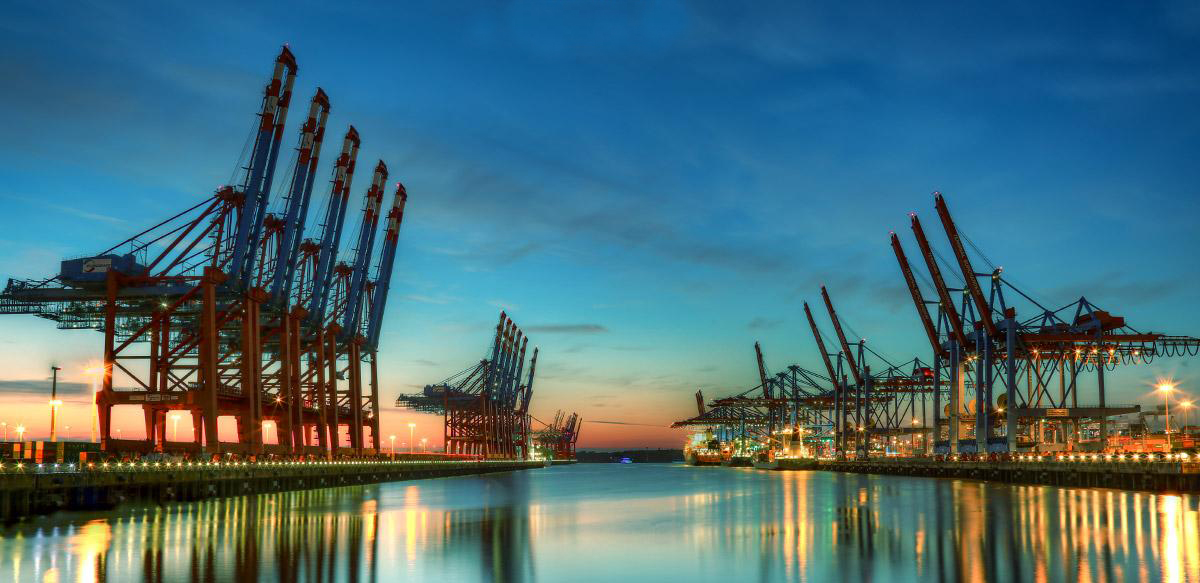
LED lighting helps to run safer ports
Ports and terminals, as mentioned above, are very busy places. This makes them a high-risk environment in terms of the working conditions. Large and heavy containers and vehicles are always on the move. Portside equipment such as mooring lights and cables and lashing gear also present their own hazards.
Again, the traditional lighting methods present problems. The HPS and Metal Halide lamps are not equipped to handle the harsh conditions of a port. Heat, windage and high salinity can all damage and degrade a lighting system faster than in “normal” conditions.
A drop in visibility can be a serious safety risk, putting lives at risk and exposing operators to liability. Modern LED luminaires offer a longer life expectancy and, in the case VKS‘s product, components that are designed to withstand harsh maritime environments. They’re a smart choice for safety.
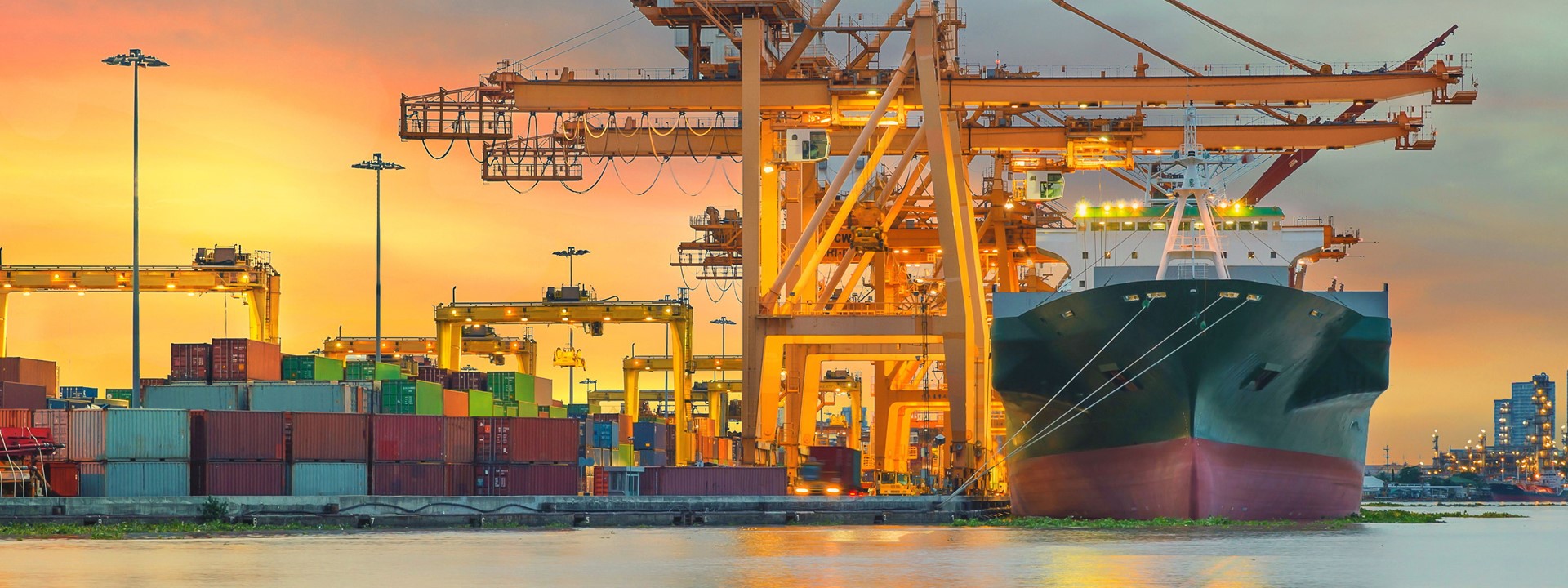
LED lighting is a key component of portside operations
Limited visibility can have serious operational consequences, just as it affects health and safety. When workers cannot see what they need to, the only option is to stop working until clarity is restored. Good lighting is essential for ports where congestion has already become a major problem.
Lighting design is a major factor to consider, as well as longevity. Installing the right luminaires strategically can help you work effectively even in bad weather or at night. Smart planning will also minimize the negative impact of dirty energy, which is common at ports.
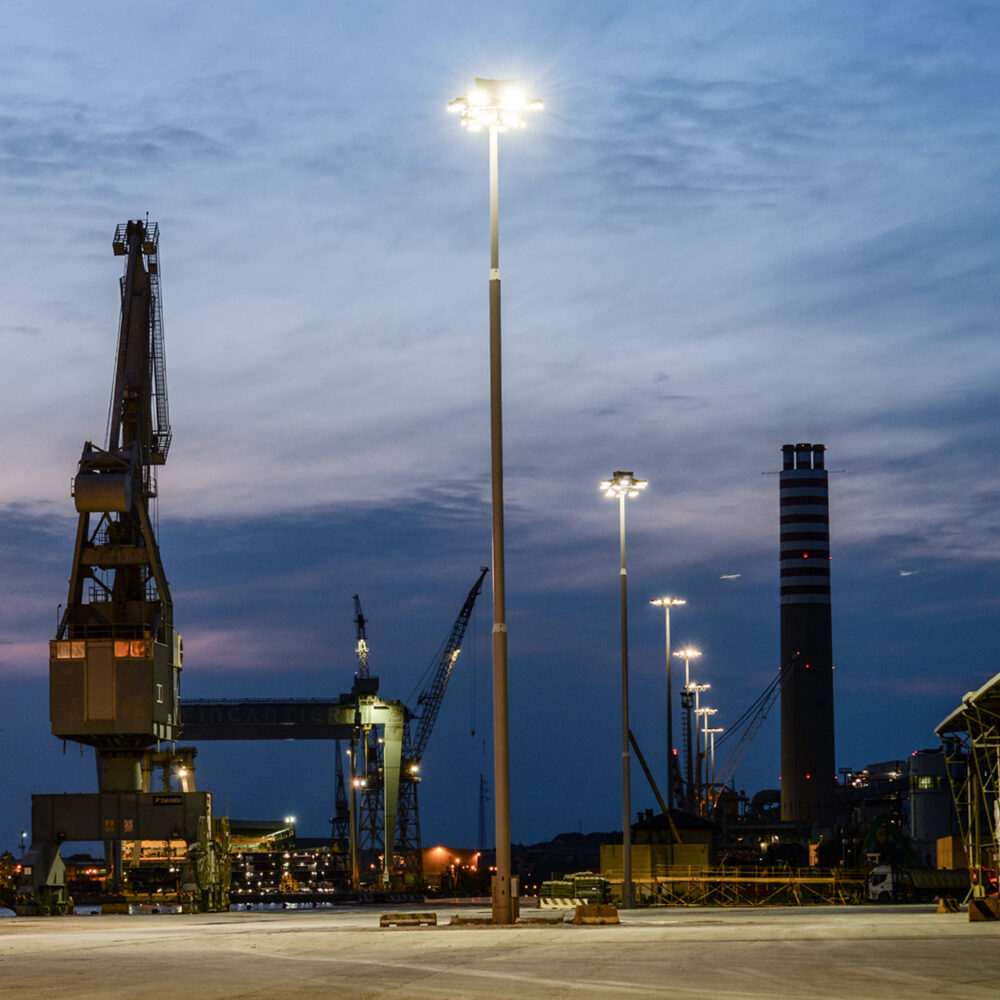
Our LED luminaires, which are built to perform in the most difficult conditions, provide the best protection against port disruption. It is important to consider a more intelligent approach to lighting in an industry where every delay can have severe financial implications.
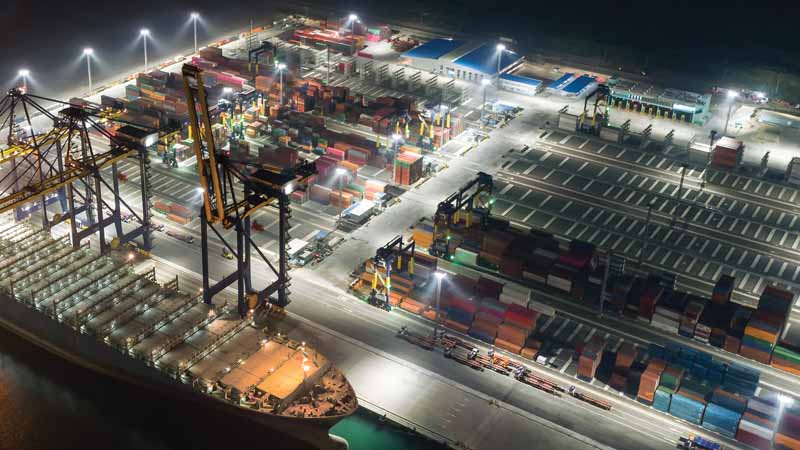
Post time: May-06-2023

